At one point (whether you can believe it or not), Times Square was naturally beautiful.
Instead of jackhammers and sirens, you'd hear blue jays and bald eagles; rather than blinding ads and tourists, you'd avoid flying squirrels and the occasional mountain lion. Of course, this was more than 400 years ago.
The Welikia Project (meaning "my good home" in Lenape and formerly known as the Mannahatta Project), analyzes how much New York City has changed in the past 400 years. Ecologist Eric Sanderson wanted to discover "what Henry Hudson would have seen on the afternoon of Sept. 12, 1609, when he sailed into New York Harbor," Sanderson said in his 2009 Ted Talk.
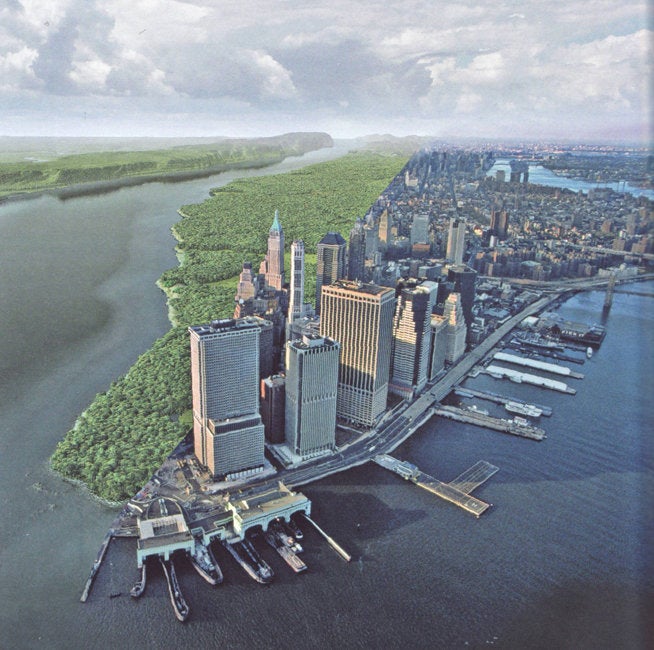
By cross-referencing data from historical maps, soil samples and field work, Sanderson and colleagues at the Wildlife Conservation Society laid out their findings in a new interactive map that currently looks at Manhattan, and will soon expand to look at the city's other boroughs: Queens, Brooklyn, The Bronx and Staten Island.
On the map, you can zoom in on any block on Manhattan, input any address, and see what might have lived there in the 1600s. It breaks down the mammals, birds, fish, amphibians, reptiles and plants that lived there, as well as the probability of their populations, and illustrates what it's like there today. You can also toggle between a 1609 rendering and a current map of the city.
While it seems like today all that's there are rats and pigeons, at one point, Manhattan had 55 different ecosystem types -- "You can think of them as neighborhoods as distinctive as Tribeca and the Upper East Side and Inwood," Sanderson said, pointing out that Manhattan had more ecological communities per acre than Yosemite or Yellowstone.
Detailed information is still forthcoming for the outer boroughs, but here's what most of NYC's residents looked like long before it became a concrete jungle.
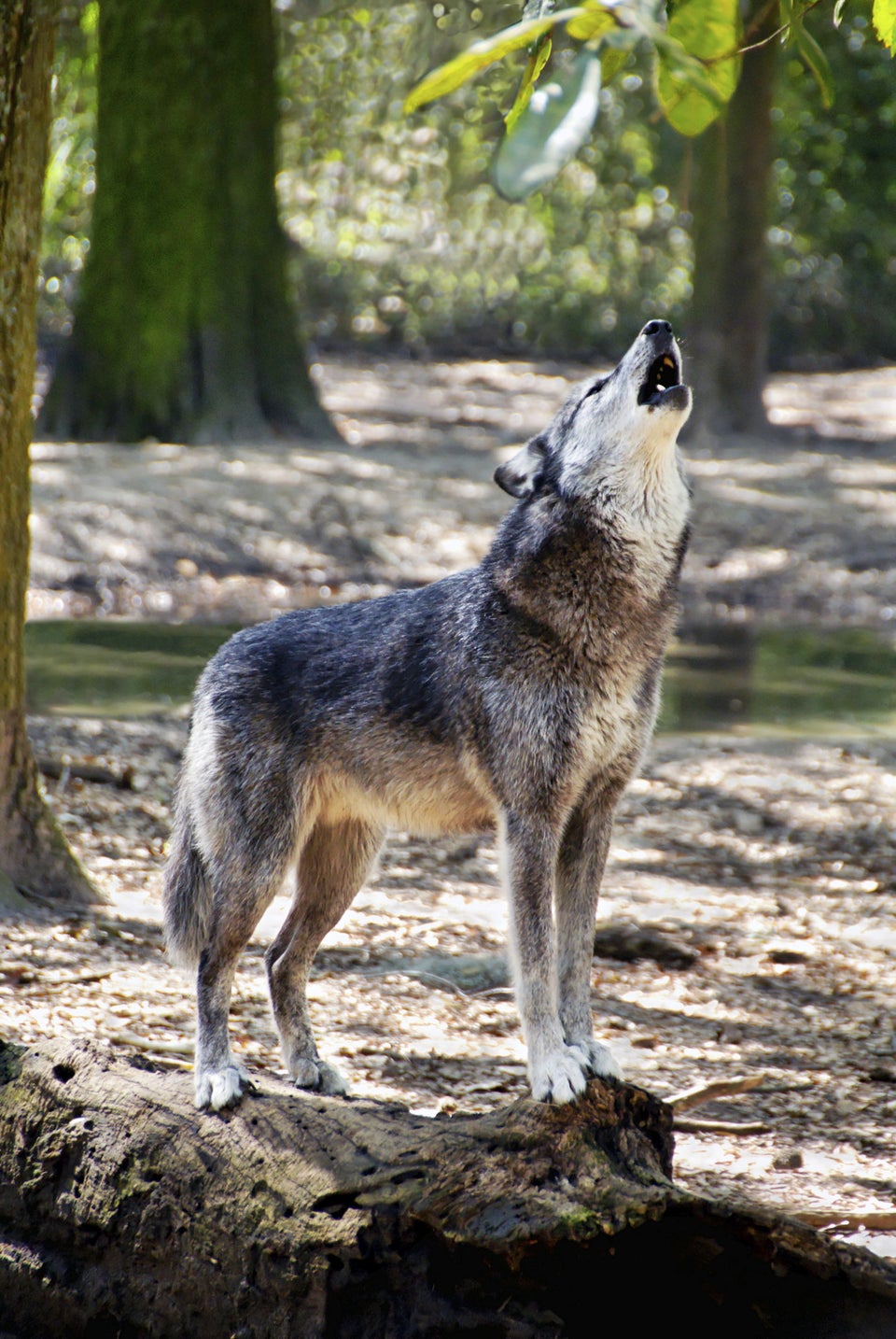
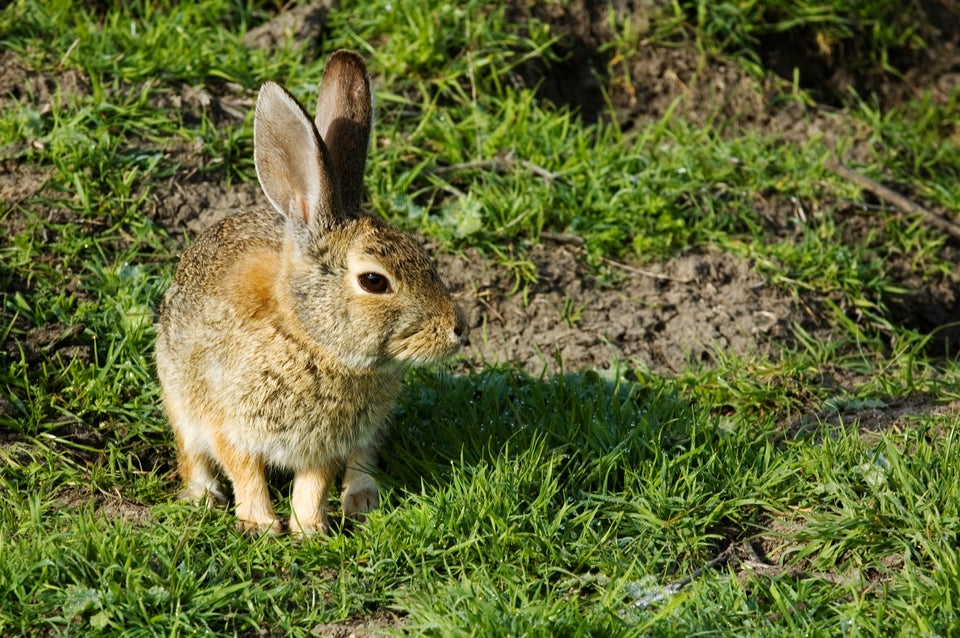
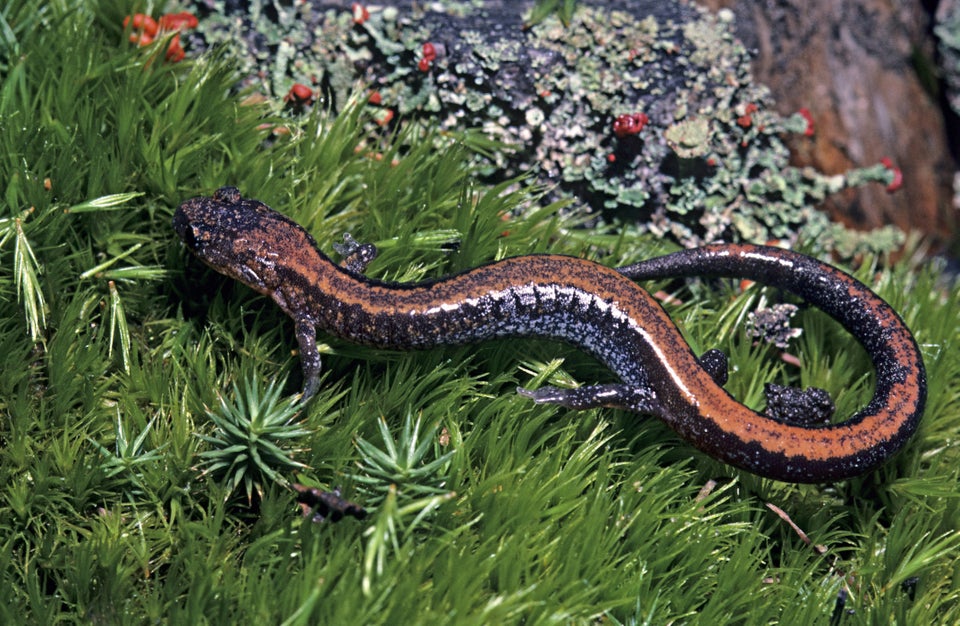




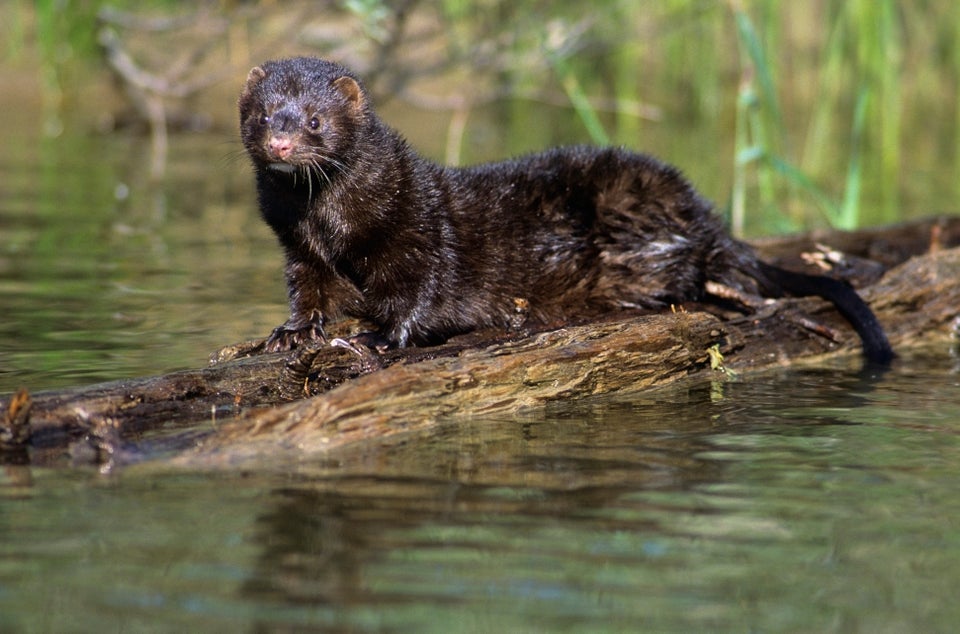
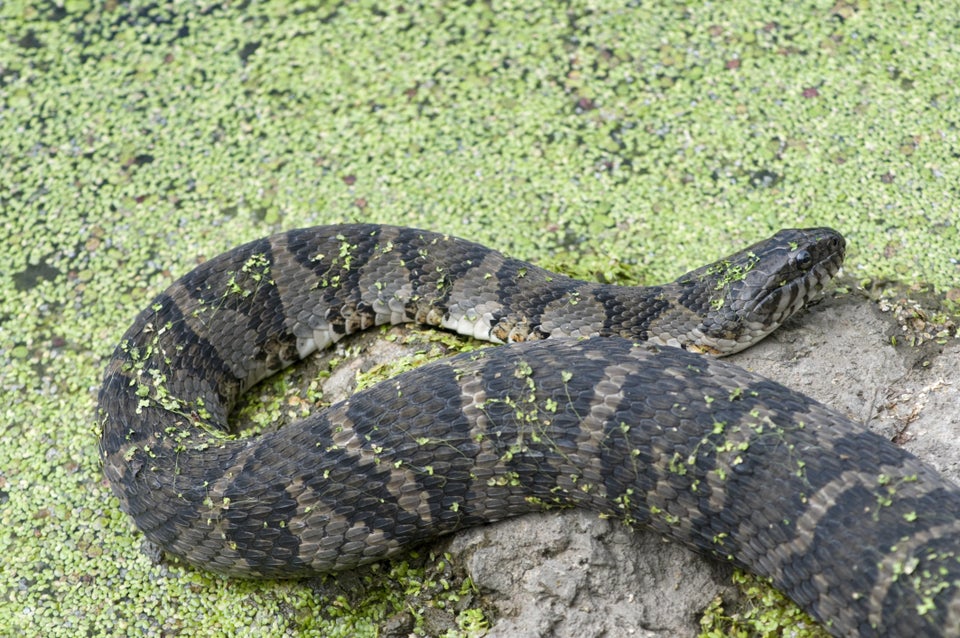
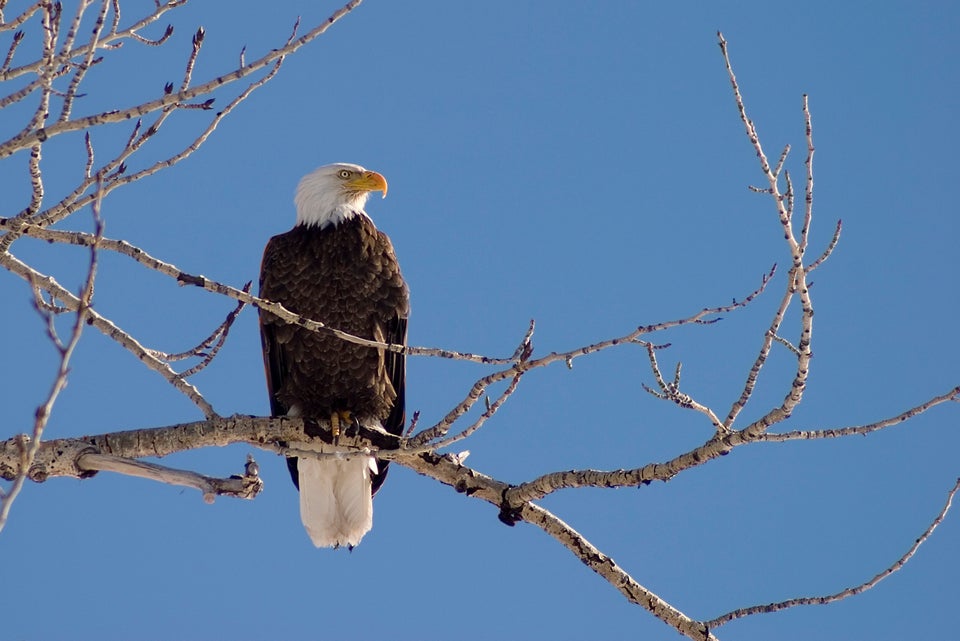
Also on HuffPost: